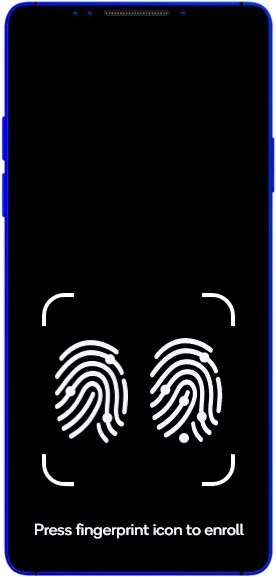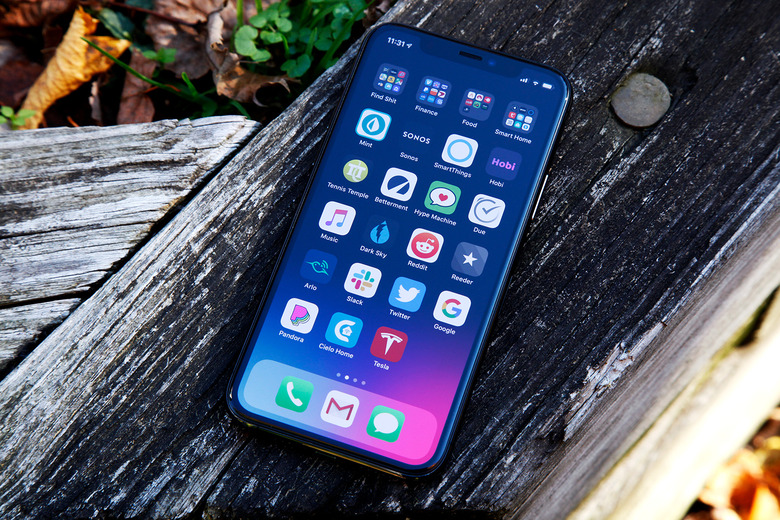Rumors Claiming iPhone 12 Will Have A Touch ID Sensor Under The Screen Suddenly Make A Lot Of Sense
A variety of reports said in the weeks leading to the iPhone 11 event that Apple might bring back Touch ID to the iPhone in the coming years. Mink-Chi Kuo said in early August that Apple will pack both Touch ID and Face ID in 2021 iPhones. Separately, the leaker said Apple will launch an iPhone SE 2 next year, a model that will recycle the iPhone 8 design, fingerprint sensor included. In his most recent note to consumers, the analyst said that one of the 2021 iPhones could ship with an in-display fingerprint sensor, but no Face ID. Bloomberg's Mark Gurman said in early September that Apple plans to launch an iPhone with an in-display Touch ID sensor as soon as next year. While both these insiders have provided accurate insight in the past when it comes to unreleased Apple products, and especially the iPhone, we have reason to believe the iPhone 12 could indeed feature Touch ID support in addition to Face ID.
It's all because of Qualcomm's press event from earlier this week, where the chipmaker announced the kind of component that could convince Apple to bring back Touch ID to the iPhone.
Called 3D Sonic Max, Qualcomm's new ultrasonic fingerprint sensor offers an increased recognition area that's much bigger than what's available on the Galaxy S10's fingerprint-sensing area. At 17 times larger than the previous generation, the fingerprint scanning area allows simultaneous two-finger authentication, which might be the kind of security feature Apple could be after.

Having Touch ID and Face ID on the same device might make it even easier to unlock the handset, authenticate payments and log into apps.
Qualcomm's first-gen ultrasonic fingerprint sensor was first used by Samsung for phones like the Galaxy S10 and Note 10. But Samsung then had to deal with an embarrassing security issue, as some users discovered that just about anybody could unlock the phones as long as the screen was covered by a screen protector that didn't meet Samsung's manufacturing requirements. Samsung fixed the issue but proved that its alternative to Face ID and optical in-display fingerprint sensors isn't as secure as you'd expect.
Apple, meanwhile, patented in-display fingerprint scanning tech of its own, well before launching the iPhone X in 2017. Those patents also cover ultrasonic sensors that rely on acoustics rather than optics to read fingerprints. Still, the company is yet to actually use any of that tech in commercial products.
Getting back to Qualcomm, a report from Economic Daily News a few days ago mentioned the chipmaker among the potential Touch ID suppliers that could deliver in-display fingerprint sensors to Apple as soon as 2020. The report also said Qualcomm's second-gen sensor that's larger and faster than the previous model. That's likely the 3D Sonic Max sensor that Qualcomm unveiled in Hawaii.
Let's not forget that Apple and Qualcomm settled their complicated legal battle around licensing contracts and patents earlier this year, opening doors to new collaboration. Qualcomm already confirmed that the 5G iPhone is a priority in the new partnership with Apple. The renewed business relationship between the two giants also gives Apple access to the 3D Sonic Max tech for future iPhones.
That said, there's no actual proof that the iPhone 12 will support both Touch ID and Face ID authentication. As we get closer to September 2020, we'll probably get more leaks that will provide more clarity.
